19 Zones
Zones in the Matrix
This video reminds us of the Permaculture decision making matrix, and puts the zone design system in perspective with the rest of the matrix.
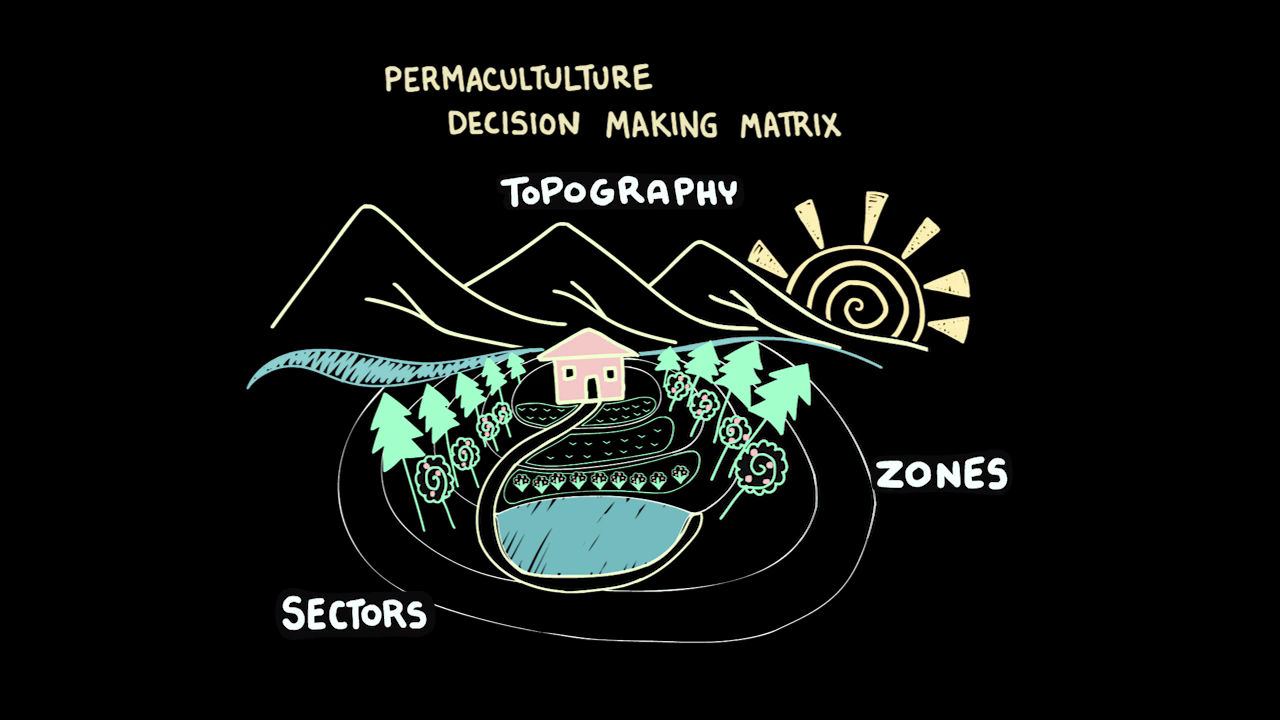
Permaculture Zones
This video explains one of the hallmarks of the Permaculture system, the zone design method. Placing elements in the landscape based on their frequency of use distinguishes this from other approaches to placement. Watch the video.
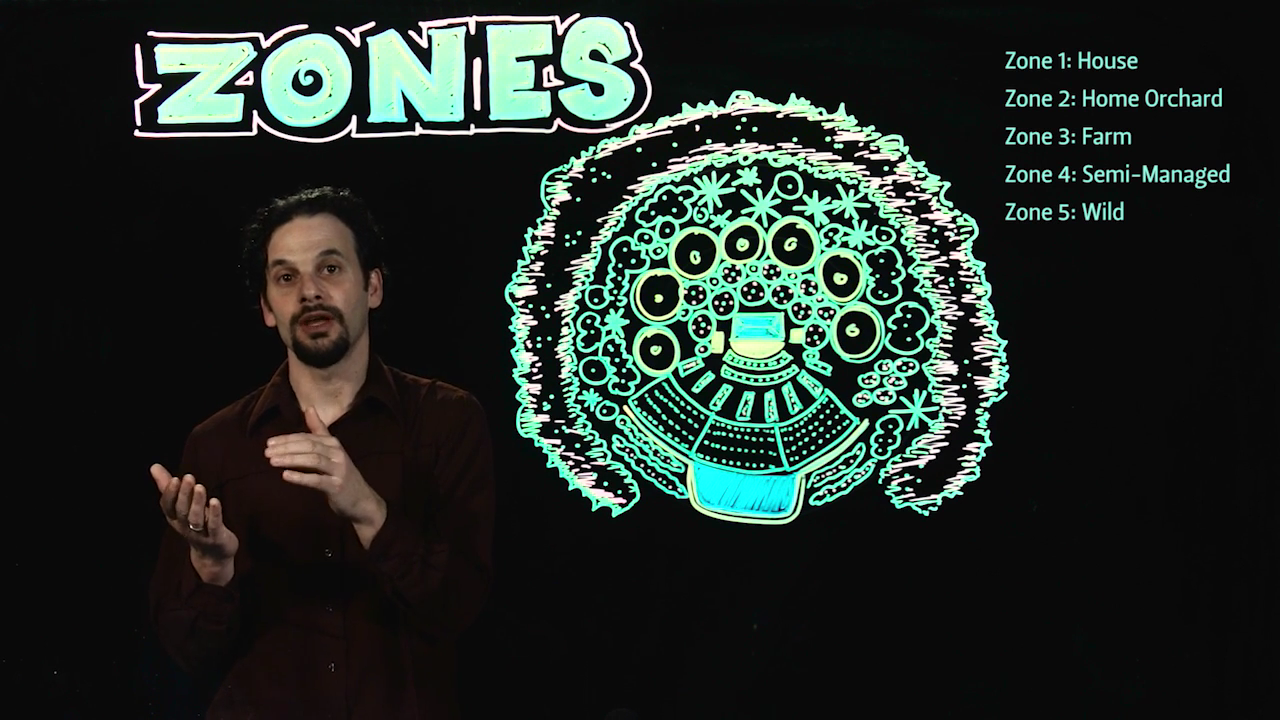
As mentioned in the video, most projects are not fortunate enough to have the idealized concentric circle zone model. Each site is unique, and the zones need to be seen more as a guideline then a strict set of rules. The zone model can be adapted for the particulars of your site. There’s a much different perspective on zones depending if you are in an urban, suburban or rural location. Here are some links to articles about zones that are a good compliment to the video lecture:
- Urban Permaculture Zones & Sectors
- Urban Permaculture Zone 4: Harvesting the Urban Landscape
- What is ‘Zone 0’?
- ‘Zone 00″: Right Intentions, Wrong Term
More on zones
A Permaculture site is divided into zones. Zones take into account the human energy use and flows within a system in order to reduce unnecessary travel time between areas. Zone analysis is about understanding the patterns of human movement within a space in order to place design elements where they are naturally and easily given the attention they require. By analyzing movements like what pathways you typically follow, where in your yard you find yourself hanging out, and how often you use a particular area you can begin to decipher a pattern of how humans flow and interact with your design space.
Understanding the five zones allows for a design that considers the most effective placement of components and how they relate to each other. Each zone has a different requirement for maintenance and function. Zones 1 and 2, or the areas needing the most attention, are placed closer to the home and heavy traffic areas while zones 3, 4, and 5 radiate out from heavy traffic areas as upkeep needs become less intensive. Let’s take a look at each zone individually.
Zone 1
Zone 1 is the area nearest the home or area of most traffic. Elements that are placed in zone 1 are things that require daily attention, observation, and frequent upkeep. By placing high maintenance plants and/or structures next to areas that you pass every day, you are more likely to give them the attention they need with little to no extra effort.
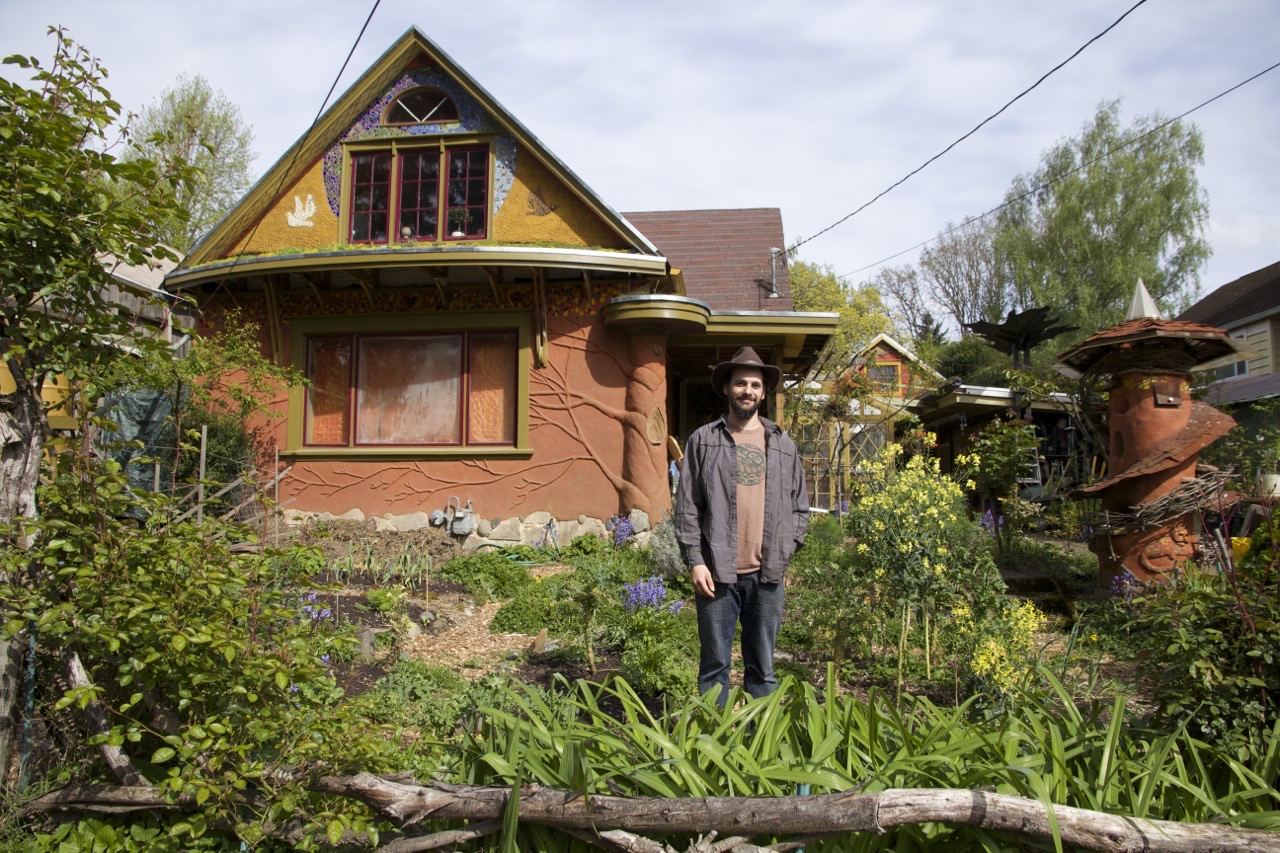
Herb and kitchen vegetable gardens are an example of elements often placed close to the house in zone 1. By placing them close by, it is just a quick step outside to gather necessary cooking ingredients. If you had to walk all the way across your property to gather herbs chances are you would be less inclined to use and maintain them. Other examples of elements that could be placed in zone 1 would be soft fruits like strawberries or raspberries, poultry laying boxes, and kitchen compost bins.
Zone 2
Zone 2, often thought of as the home orchard, is the area that is semi-intensely managed and requires observation and maintenance every few days. This zone may be present along areas of heavy traffic or extended through more outlying areas. Zone 2 can be made up of different elements depending on if the land in question is urban or rural.
In an urban setting, zone 2 may include shrubbery, perennial gardens, longer cycle vegetable gardens and areas that require occasional weed control and mulching. In a farm or rural setting, zone 2 may also include managed livestock, beehives, and orchard/fruit trees. Typically, plantings in zone 2 are fully irrigated and protected by mulch or tree guards.
Zone 3
Zone 3, known as the farming zone, includes field crops and production areas. This is where the main crops are grown that require minimal maintenance and attention once established. Crops in zone 3 are typically visited once a week or less. It is easy to think of zone 3 in large farmland or rural settings as the ‘cash crop’ area filled with crops such as corn, wheat, rice, bamboo, etc., and pasture land.
In an urban area, zone 3 can be thought of in a few different ways. Many urban designs designate the lawn as a modified pasture which can fall into this zone. Another way zone 3 can be incorporated into urban plots is to think of the neighborhood and city as an extension of your land. While it is common for many urban gardens to only directly have zones 1 and 2, it is not uncommon for the surrounding neighborhood to have many potential crops for harvest, such as, fruit trees, rose hips, currants, nuts, dandelions, etc. These crops could be seen as the zone 3 of your urban garden.
Zone 4
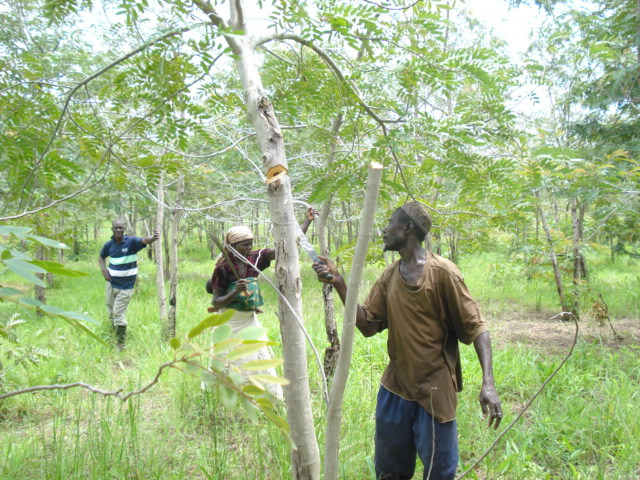
Moving farther away from the center of living, zone 4 is a semi-managed area full of self sustaining forests and woodlots that require very little care or attention. This area is where wild foods and timber are collected. Zone 4 may also be used to pasture animals on occasion to manage and control tree growth. Trees may also be thinned in this area in order to allow for select varieties to grow. Zone 4 is often used as a buffer between wilderness areas and cultivated land.
Zone 5
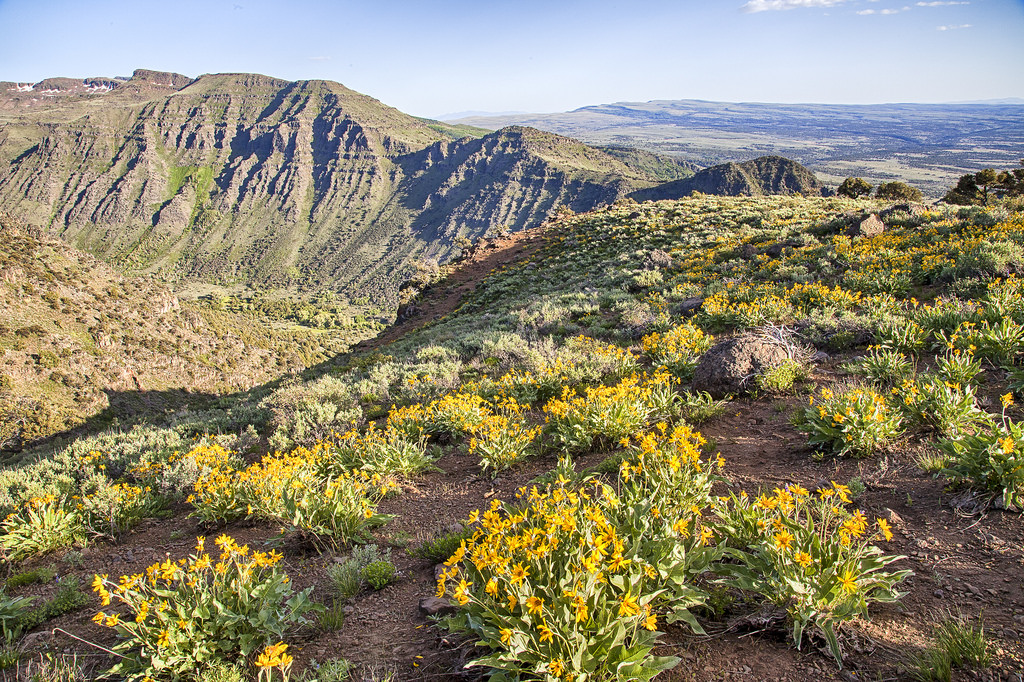
Zone 5 is the un-managed wilderness area that requires no intervention. This area is visited for recreation and appreciation and is made up of naturally occurring plants and wildlife. Although zone 5 is typically not present in an urban setting, a possible wilderness element could be a wild thicket utilized for habitat in the outskirts of an urban yard.
Zones are an extremely helpful design tool in permaculture. By identifying the zones around a home, one can begin to organize and decide where elements should be placed in the landscape based on human traffic and maintenance needs. Remember that zones are not a hard boundary but rather a conceptual diagram of the flows within the system.



